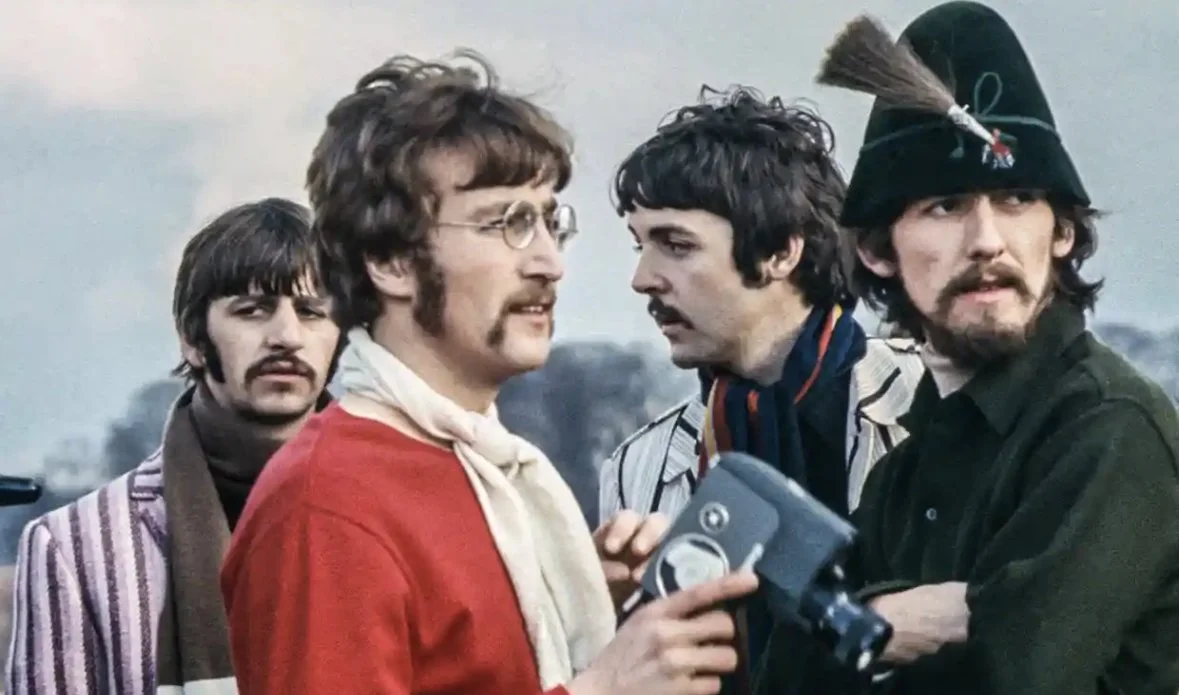The researchers examined hundreds of papers to reach their conclusions, and an additional paper published following their work found that people who took psilocybin (popular for its creative effects in Silicon Valley) felt they were more creative while on the drug, but were actually underperforming relative to their sober state.
However, some artists would beg to differ with the scientists’ conclusions. Harry Styles said his latest album, Fine Line, was made while on mushrooms, which helped him be “fun and creative.” Electronic producer Jon Hopkins said the “crazy cosmic experiences” of psychedelics were one of the primary inspirations for his latest album.

